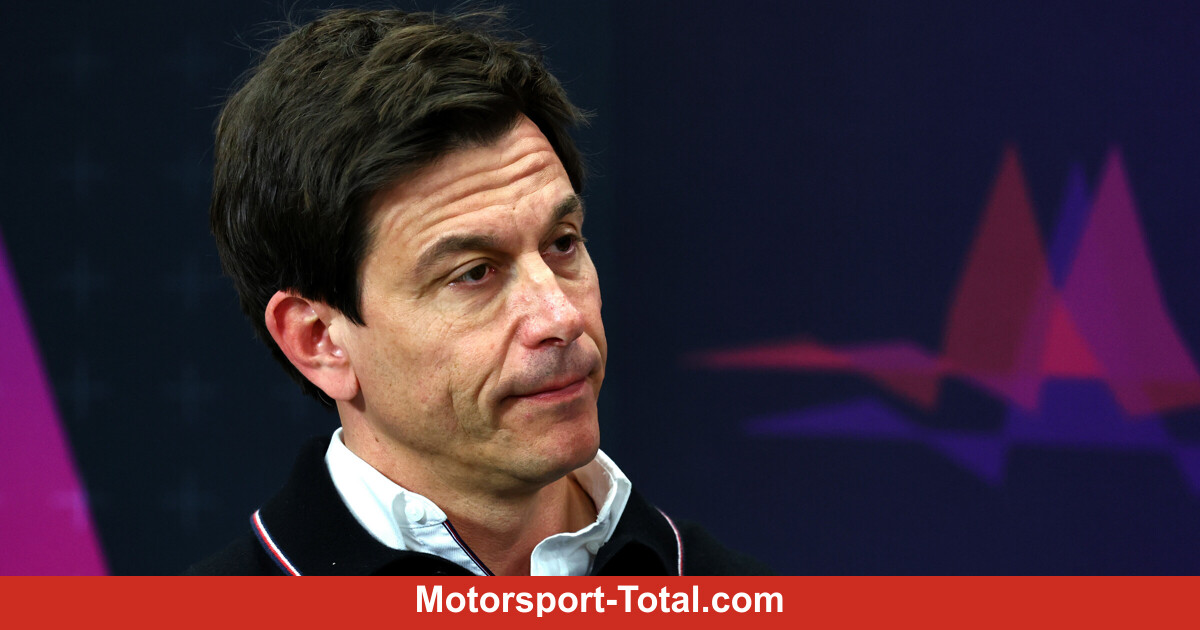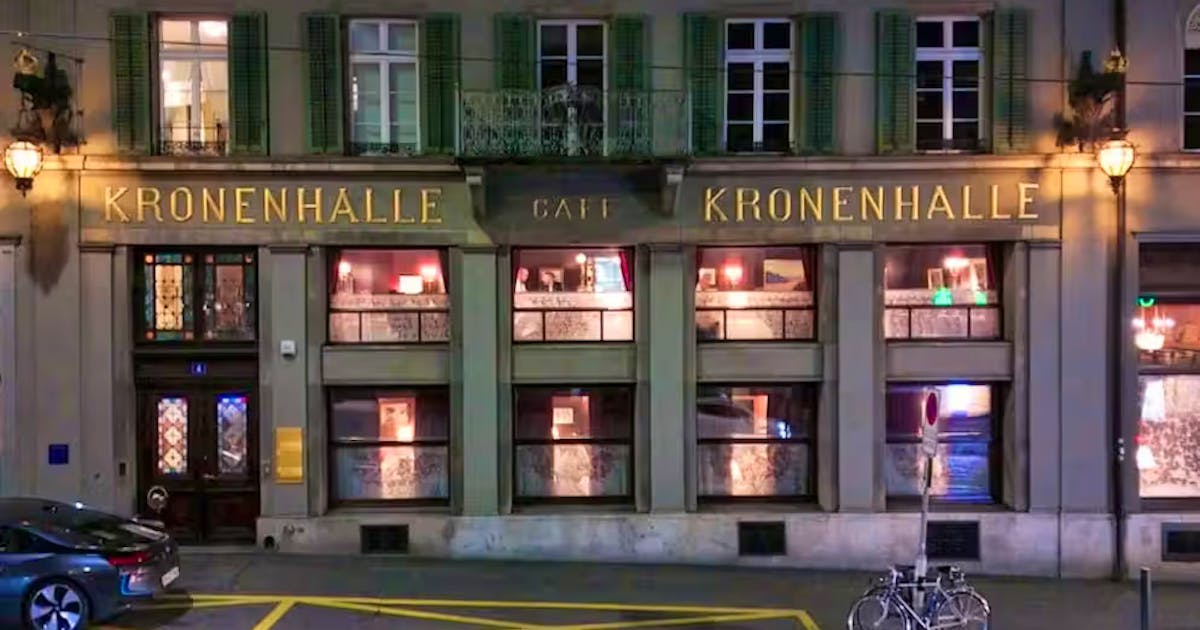Swiss sky lovers watch out! This Thursday there will be a partial solar eclipse at lunchtime. The moon will cover part of the sun. The spectacle can be seen thanks to the good weather.
“At lunchtime it is often quite sunny, only in the Alps and along the Jura can cumulus clouds be a disabling factor and obstruct the unobstructed view of the sun,” Metionnews announced on Wednesday.
In a partial solar eclipse on Thursday, the new moon will nibble a small part of the sun’s disk at lunchtime — similarly everywhere in Switzerland, Markus Greiser, head of the Ischenberg Observatory in Winterthur, told Keystone-SDA news agency.
Look closely, otherwise you will miss the solar eclipse
The last time the sun was partially eclipsed over central Europe was on March 20, 2015, at which time by more than 70 percent, making it noticeably darker and cooler. This time it will be a little less. Much more less. Coverage will be between six and seven percent. As a result, lighting conditions will hardly change, and temperatures will not drop either.
Meaning: If you are not actively looking, you will miss a solar eclipse.
It looks even more spectacular in Russia, Canada and Greenland: there you can observe an annular solar eclipse within a band 500 to 700 km wide from northeastern Canada, across the Arctic Sea north of Greenland and into northeastern Siberia.
The ghost ended at 1 pm.
A partial solar eclipse begins from west to east in this country between 11:24 a.m. and 11:37 a.m. The maximum eclipse occurs in Geneva at 12:13 noon, in Bern at 12:17 noon, in Zurich at 12:20 noon, and in Davos at 12:22 noon. After one in the afternoon, the ghost again ended.
In a ring-shaped solar eclipse, the moon casts a shadow leaving only a glowing sun ring empty. However, it does not completely cover the Sun as in a total solar eclipse, because it is currently very far from Earth and therefore appears very small.
The moon’s shadow falls on Switzerland and 59 other countries. The further north you are in Europe, the more the sun hides behind the moon. The Chiasso region, in southern Ticino, has the lowest coverage at just over four percent, while the largest coverage can be seen at the tip of Printerwater in canton Jura at 7.8 percent, the Swiss Astronomical Society wrote in its Orion magazine.
Do not look at the sun without protection
If you want to marvel at a partial solar eclipse, you should not look directly at the sun without protection. Not even with sunglasses. There are additional goggles for this. Indirect observation is also possible by projecting on white
Surface appearance. This involves letting sunlight fall through a small hole (with a knitting needle for example) in a postcard or cardboard box. If you don’t want to worry, contact an observatory in the area or a serious amateur astronomer.
And who does not find time this year. not bad! The next partial solar eclipse can already be observed next year, on October 25, 2022. Then 10 percent of the sun will be covered.
A real solar eclipse requires patience
The next impressive eclipse will be visible in Switzerland on the evening of August 12, 2026. Shortly before sunset, the moon covers more than ninety percent of the sun, so that only a narrow sickle remains.
Griesser emphasized that when the weather is clear, this makes for a truly picturesque scene. A total solar eclipse will occur over Iceland, Spain and the Balearic Islands. You have to be patient for it in Switzerland: on the 3rd of September 2081 you can experience the very rare celestial spectacle in this country.
Without proper goggles, spectators should never look at the sun during astronomical characteristics, regular sunglasses are not enough. Even a telescope should not be pointed at the sun without a special filter. (JM/SDA)

“Tv specialist. Friendly web geek. Food scholar. Extreme coffee junkie.”









More Stories
North Korea has a new (propaganda) song, sorry sausage
Plane from Olympic Airlines: Ellinikon's Boeing 727 is designed in a new location
The United Nations must come to the rescue – also in Geneva – News